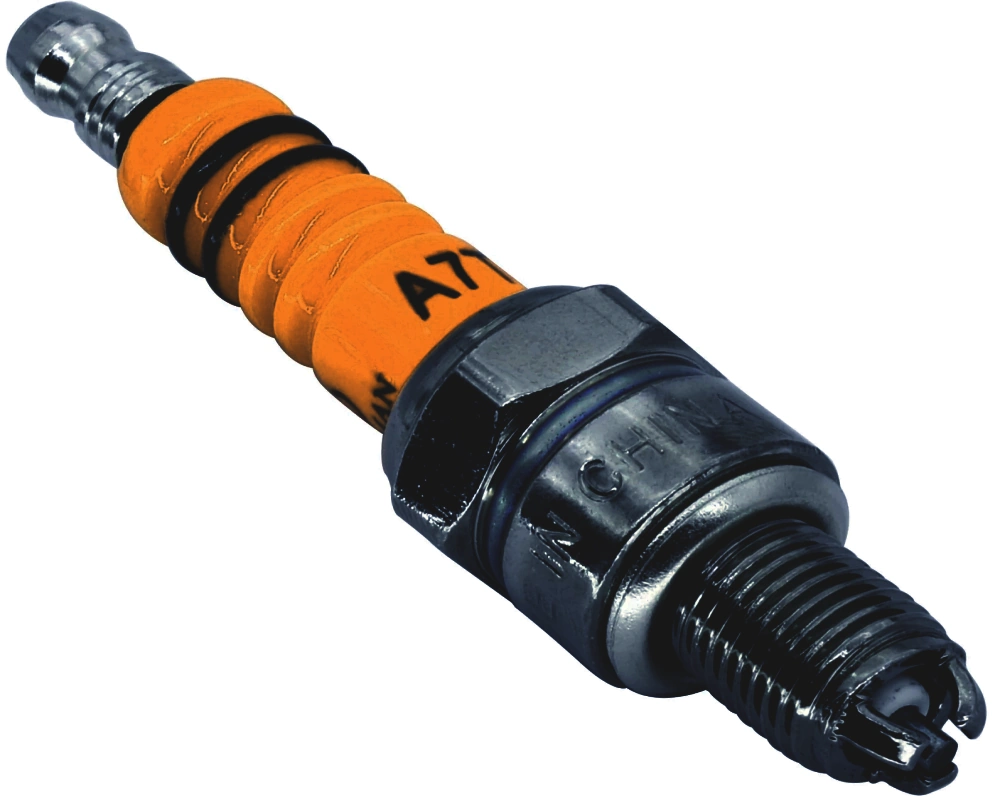How to tell if the axle is bad? Do you know any specific signs to understand it? Axles are a vital part of any vehicle. They connect the drive wheels to the transmission and allow them to turn around while transferring power from one end of the vehicle to another. Without an axle, there would be no movement in either direction, and your car would not go anywhere! Just because axles are built tough does not mean that they can’t break or get damaged, though.
How to Tell if Axle is Bad – 8 Ways to Find
There are eight ways to determine if the ATV axles need repair. If you see one of the following signs of CV axle injury, it’s time to have a specialist inspect your engine.
- Sound while Driving – If you hear a screeching sound while the car is braking, that may be an indicator of wear on your CV axle.
- Vibrating – If any shaking or vibrating happens when driving over rough terrain,” can also indicate a problem with one of your axles. So check out the vibration while driving because it might cause an accident. Please note, vibration can happen for any other reason or system failure.
- Steering Shakes – Another sign could be “if your steering wheel shakes excessively” this indicates excessive play between the tires and suspension. Your tire might not have enough traction because it’s spinning in unison with other wheels instead of rolling across the ground like normal!
- Fluid Leaking – Leaking fluid from the bottom of your car is a sign that something might be wrong with an axle. If fluid leaks from the backside, or if it’s leaking out near where you can’t see what’s going on, then there may also be some other things damaged in addition to the CV axle.
- Leaking Grease – Grease can leak from the axle itself, or you might also notice grease leaking out of your differential.
- Tachometer Vibrations – Your tachometer vibrations could be an indicator when driving at a steady speed that your vehicle axle needs attention and repacking. It can lead to drag in acceleration and loss in top gear power, making it more difficult for the car to go up hills and over rough terrain without shaking excessively.
- Going nowhere – If you notice that your ATV is starting to go nowhere, or if it’s slowing down while driving on the highway, this could be an indication of a vehicle axle problem. The engine might start, but you can’t drive.
- Unusual sounds – A metal clicking noise when turning corners, as well as any other unusual noises coming from underneath the hood such as grinding or whining, should also set off alarm bells for drivers in need of repair.
So now you know how to tell if your cv axle is bad or not. These are the basic symptoms that will help you to determine your vehicle axle.
Also, check these video guides, which will help you to understand more –
Video Credit – AutoZone
Video Credit – Steve’s Garage
What Causes a CV Axle to Fail?
If the CV boot is ruptured, the CV axles and joints can wear more rapidly than usual. As this occurs, the joints lose grease and become unlubricated.
Water, moisture, and dirt can get in and cause corrosion, which will eventually lead to a CV axle failure.
There are many other causes of vehicle axles failing besides the ones mentioned above, but these are some of the most common. Each time you’re driving your car or truck, be on alert for any indication that something may not be functioning correctly.
What Do You Do If Your CV Axle Is Damaged?
It’s good to take action quickly. If your axle isn’t repaired in time, then the car will not move. Take your vehicle to a professional mechanic for an inspection. If it’s determined that you need a new axle and CV joint, they can be replaced with newer parts or rebuilt.
If you try to fix it by yourself, then you might need specific tools and equipment. Besides tools, you also need to know how to repair them. If you don’t have the proper expertise, it would be best to bring your car back into a shop or call them, where they have all the necessary tools and equipment required for troubleshooting. They can repair it for you easily and professionally.




